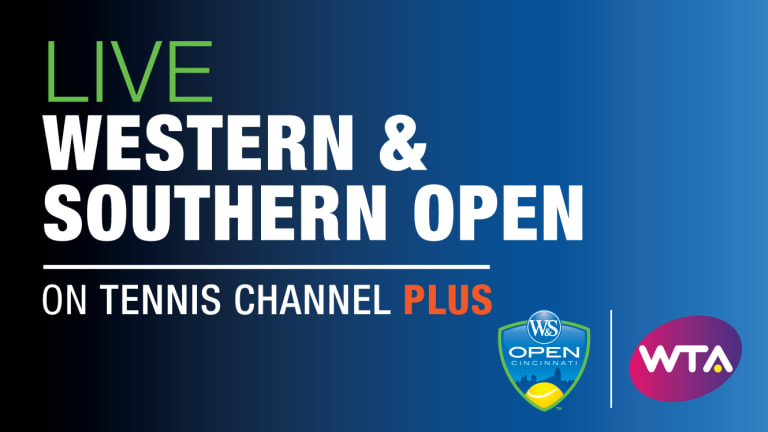It is not often that those of us who play recreational tennis have the opportunity to feel a real sense of kinship with those who play tennis professionally. Even if we play at a reasonably high level, our tennis generally bears only a passing resemblance to their tennis. What they do with the ball and what we do with the ball—well, it’s two (depressingly) different versions of the same sport. But as one player after another pulled out of this week’s Western & Southern Open, and as Kei Nishikori joined Novak Djokovic and Stan Wawrinka on the sidelines for the rest of the 2017 season, it occurred to me that mid-August is the one time of year when the pro game and the amateur game intersect—not because we hackers are all of a sudden hitting like pros (we wish!), but rather because we are facing the exact same problems: Our bodies are banged up, and we are running out of calendar.
The injury count among my tennis cronies is usually pretty extensive come August, and this year is no exception A friend of mine who captains a rival 4.5 team in our USTA league has missed almost the entire summer because of a back injury that might now require surgery (this after he was sidelined a while back because of a torn meniscus that also required surgery). One of the better guys on my team sat out the last part of the season because of a leg injury. His absence stung: He is pretty much a lock to win any time he plays, and had he been available, we probably would have claimed the third and final playoff spot. Instead, we fell just a few points short. Another member of the team has had to reduce his tennis to one day a week because of shoulder pain.
Then there’s Allen, the ironman of our team, available and eager to play just about every match. He made it through the season, but by late July, his hitting arm was ready to fall off, a bad case of tennis elbow. He kept playing anyway—like I said, he’s the ironman. But I got a text from him earlier this week with some bad news: He was having surgery. It wasn’t the arm; rather, he’d been diagnosed with a detached retina, a degenerative condition possibly tied to the Lasik surgery he’d had years ago. Allen didn’t seem worried about the eye or the operation; what had him crestfallen was the fact that he’d be out of action for four weeks after the surgery and would therefore miss the last weeks of the summer tennis season.
That gets to the other way in which the pro and amateur games converge in August: We’re all running out of time. In the case of the pros, August is the run-up to the year’s final major. For many players, it is the last opportunity of the season for a big breakthrough; for others, it is the last chance to salvage something of the season. The U.S. Open isn’t necessarily more pressure-filled than the other three majors, but its place on the calendar creates a different kind of pressure than players might feel at, say, the Australian Open, which comes early in the year, with a full season still ahead.
Obviously, a lot less is at stake for amateurs come August, but we feel a different kind of pressure. It is the end of summer, which for those of us up north means we are just about out of time to fulfill whatever tennis ambitions we had for the year, be it an improved rating, a better backhand volley, whatever. Summer (assuming the weather cooperates) is a chance not just to play a lot, but to practice a lot, too. At least three or four times a week this summer, I’ve gone up to the courts near my house to practice serves for an hour or so. Those practice sessions have acquired an urgency now that we are halfway through August, as I know I might have only a few more weeks to nail down the consistency and explosiveness I’ve been seeking on my second serve. Sure, the temperatures might remain mild deep into the fall (my cut-off for playing outdoors is 55 degrees; a couple of my friends, far more stout than me, keep playing outside even when the temperatures dip into the 40s). But after Labor Day, our schedules get busier and the days get progressively shorter, which means our court time is limited even if the cold weather is slow to arrive. And when the cold does finally come and the only option is indoor tennis, we might be lucky to get on the court once or twice a week. Summer, as fleeting as it is invigorating, is the one time of the year when we can throw ourselves into tennis … and now it is almost over.
Pros and amateurs, amateurs and pros—in August, we’re not so different, after all.
